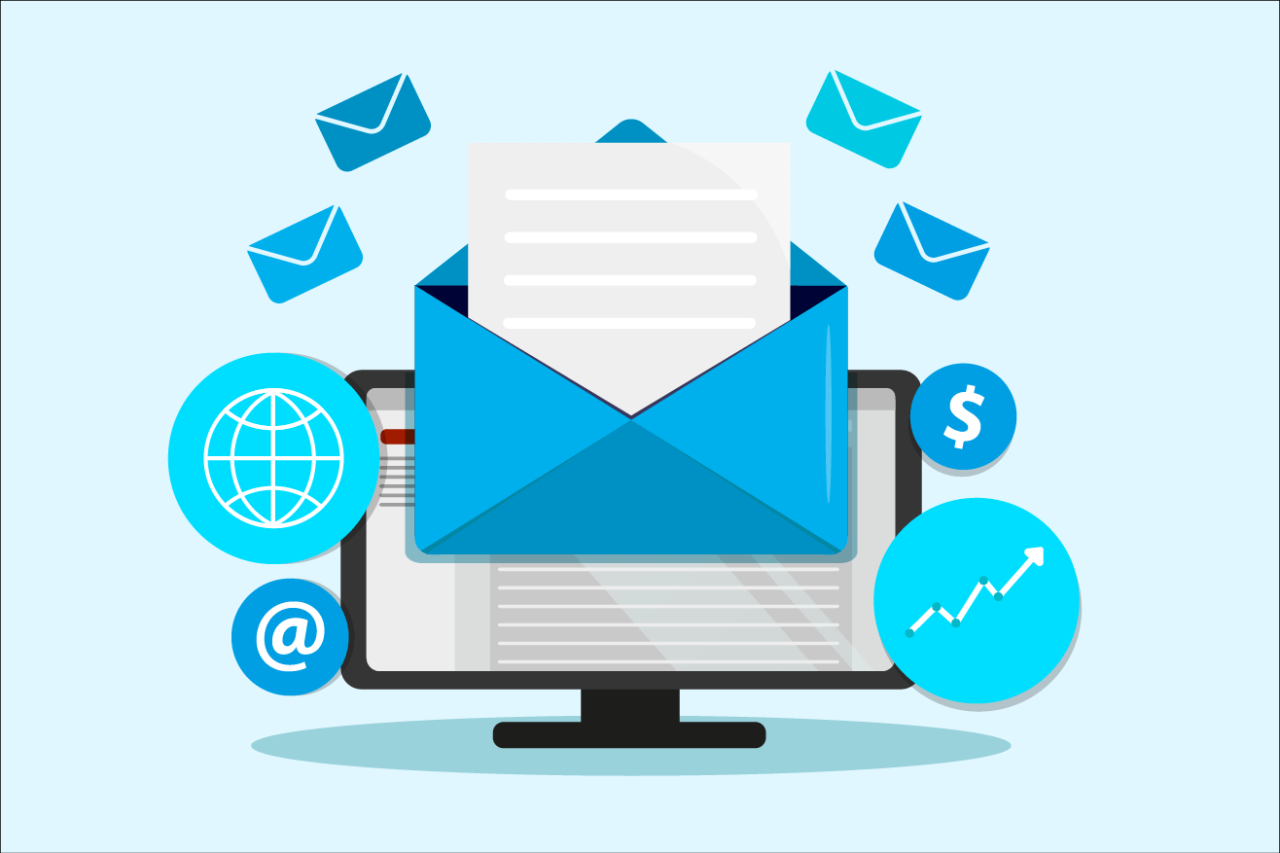Developing Email Content for Retention dives deep into creating captivating emails that keep customers coming back for more. From personalized strategies to visual elements, this topic is all about boosting retention rates through effective email content.
Understanding Email Content for Retention

Email content for retention refers to the type of messages and information businesses send to their existing customers to keep them engaged and loyal to the brand. This content is specifically designed to nurture the relationship with customers, encourage repeat purchases, and prevent them from switching to competitors.
Developing effective email content for customer retention is crucial for businesses as it helps in building long-term relationships with customers, increasing customer lifetime value, and reducing churn rates. By providing value-added content, personalized recommendations, and exclusive offers through email, businesses can strengthen their bond with customers and improve brand loyalty.
Personalized email content plays a significant role in enhancing customer retention rates. By segmenting customers based on their preferences, purchase history, and behavior, businesses can tailor their email campaigns to target specific customer groups with relevant content. Personalization creates a more personalized and engaging experience for customers, increasing the chances of them staying loyal to the brand.
Successful email content strategies for retention include sending personalized product recommendations based on past purchases, providing exclusive discounts or offers for loyal customers, sending birthday or anniversary wishes with special promotions, and creating engaging and informative content that adds value to the customer’s experience. By consistently delivering valuable and relevant content through email, businesses can effectively retain customers and drive repeat purchases.
Key Elements of Effective Email Content
To create effective email content for customer retention, it is crucial to focus on key elements that will engage and retain your audience. From compelling subject lines to the right balance of promotional and value-driven content, here are some essential components to consider:
Compelling Subject Lines
Compelling subject lines play a critical role in grabbing your audience’s attention and increasing email open rates. To make your subject lines more engaging, consider using personalization, creating a sense of urgency, or teasing the content inside the email.
Balancing Promotional and Value-Driven Content
When crafting retention emails, it’s important to strike a balance between promotional content and providing value to your customers. While promotional offers can drive sales, focusing on delivering valuable and relevant content can help build trust and loyalty with your audience.
Integrating Visuals and Multimedia
Integrating visuals and multimedia elements, such as images, videos, and GIFs, can enhance the engagement level of your email content. Visuals can help convey your message more effectively and make your emails more visually appealing. Just make sure to optimize your visuals for different devices and keep the file sizes small for faster loading times.
Segmentation and Targeting Strategies: Developing Email Content For Retention
In order to effectively retain customers through email marketing, it is crucial to understand the importance of audience segmentation. By dividing your email list into different segments based on customer behavior, demographics, or preferences, you can tailor your content to better suit the needs and interests of each group.
Different Ways to Segment Email Lists
- Behavioral Segmentation: Grouping customers based on their actions such as purchase history, website visits, or email interactions.
- Demographic Segmentation: Segmenting customers by age, gender, location, or income level.
- Preference Segmentation: Categorizing customers based on their preferences, interests, or product affinities.
By segmenting your email list, you can create targeted email content that resonates with specific customer segments, leading to higher engagement and retention rates.
Examples of Targeted Email Content
- Sending personalized product recommendations based on past purchase history.
- Offering exclusive discounts or promotions to customers who have shown interest in specific product categories.
- Sending tailored content based on the customer’s location or demographic information.
A/B Testing for Optimization
- A/B testing allows you to experiment with different email content variations to see which performs better with different customer segments.
- By analyzing the results of A/B tests, you can optimize your email content for each segment, leading to improved engagement and retention.
Automation and Personalization in Email Content

In today’s digital landscape, automation tools play a crucial role in delivering personalized email content for customer retention. By utilizing these tools, businesses can create targeted and relevant messages that resonate with their audience on a more personal level.
Dynamic Content and Personalization Tags
Dynamic content and personalization tags allow for the customization of emails based on recipient behavior, preferences, and demographics. By incorporating these elements, businesses can enhance customer engagement by delivering content that is tailored to individual needs and interests.
- Dynamic content: This feature enables the customization of email content based on specific triggers or actions taken by the recipient. For example, a customer who has previously purchased a certain product may receive recommendations for similar items in future emails.
- Personalization tags: These tags allow businesses to insert personalized information such as the recipient’s name, location, or past purchase history directly into the email. This personal touch can make the recipient feel valued and increase the likelihood of engagement.
Best Practices for Automating Email Campaigns
When automating email campaigns, it is essential to maintain a personal touch to ensure that customers feel connected to the brand. Some best practices include:
- Segmenting your email list based on customer preferences and behaviors to send targeted content.
- A/B testing different email variations to optimize engagement and conversion rates.
- Sending personalized recommendations or exclusive offers based on past interactions with the brand.
Examples of Successful Personalized Email Campaigns, Developing Email Content for Retention
One notable example of a successful personalized email campaign is Amazon’s recommendation system, which suggests products based on the customer’s browsing and purchase history. This level of personalization has led to increased customer loyalty and retention rates for the e-commerce giant.
Another example is Spotify’s personalized playlists, which are curated based on the user’s listening habits and preferences. By delivering custom content that aligns with the user’s interests, Spotify has been able to keep customers engaged and coming back for more.
In conclusion, leveraging automation tools and personalization techniques in email marketing can significantly enhance customer retention by delivering targeted and relevant content that resonates with the audience on a personal level.












